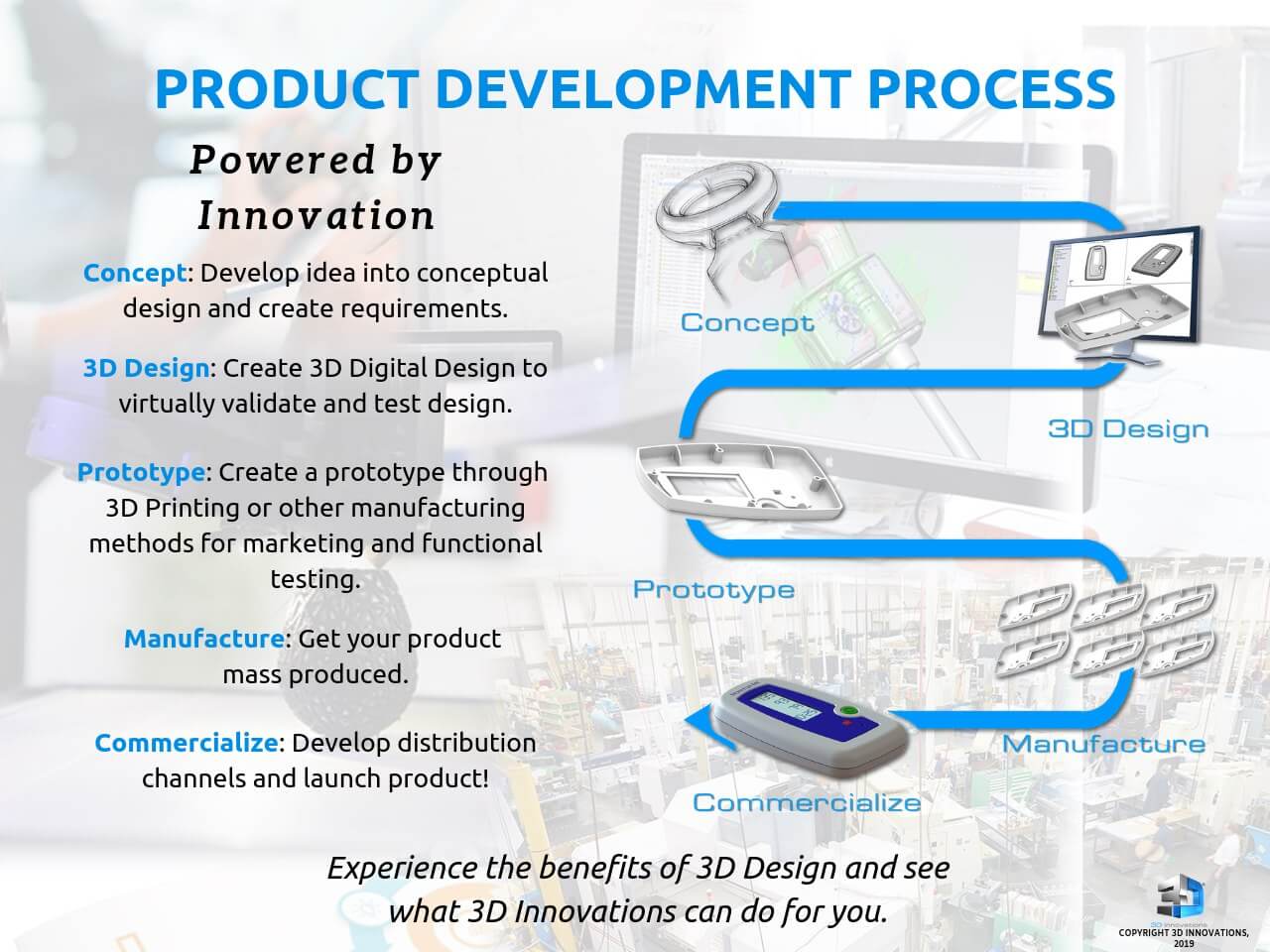In this post we are going over the product development basics for our friends thinking of launching their dream in the new year. As one year ends and another begins, it’s time for many to look ahead to the possibilities of what a brand new year can bring. If you have been mulling over a hardware product idea in your head and are ready to take that next step, the new year is a great time to get going on it. Below we are sharing product development basics to help get you started.

Document Your Idea
Write your idea down in detail. Talk about the functionality of your product, what it looks like and what you want it to achieve. Writing the details down will ensure that you don’t forget anything and help clarify the idea for yourself.
The documentation process doesn’t have to happen at one time, but instead, may evolve over time as you continue to build upon your idea and narrow its scope.
Create Requirements
Now that you have your idea documented, start creating a requirements list—functionality that your product “must” have. You are narrowing in on the main functionality of your product and why it will appeal to consumers.
Once you have this information, you can create a 3D design to virtually validate and test your product. 3D design testing and analysis is a great way to prove your concept and at this stage making changes is easy. This is also a good time to start thinking about IP protection for your hardware product.
Build a Prototype
Depending on the type of hardware product you want to develop, you might be able to make a prototype at-home with traditional household items. However, keep in mind that this prototype won’t suffice as you head into manufacturing. In the very early stages, a homemade prototype will help convey your idea to potential investors and customers. As you move towards manufacturing, you are going to need a functional prototype developed using DFM (design for manufacturability) methodology to ensure a smooth transition into manufacturing.
Solicit Feedback
Using your prototype, it is time to reach out to those potential customers to get their feedback and insight. At this stage you want to know what customers like about your product and what they don’t. Keep in mind that you might have to re-evaluate the design of your product if you are receiving feedback indicating that change is needed—these design changes may deviate from your initial idea, but ultimately you want to meet your customers’ needs.
Head to Manufacturing
Once you have finalized your design and are happy with the feedback you are receiving from your target market, it’s time to manufacture. Finding the right manufacturing partner can be an intimidating process, but you want to be sure that you are comfortable with your manufacturer since this could be a make or break stage for your hardware product.
Commercialize
It’s time to launch! During the commercialization stage you will develop distribution channels and finally get to see your product on store shelves. With the hard work it took to get to this stage, seeing your product in the hands of your customers is extremely gratifying.
Now that we have gone over product development basics at a high level, you can dig further into these topics on our blog. If you have additional questions, we are happy to help. Please send us an email at info@3d-innovations.com
______
3D Innovations is a Product Development Company – from the 3D Design to a fully functional 3D Prototype & Product.
Subscribe to the 3D Innovations newsletter on our Facebook page!

